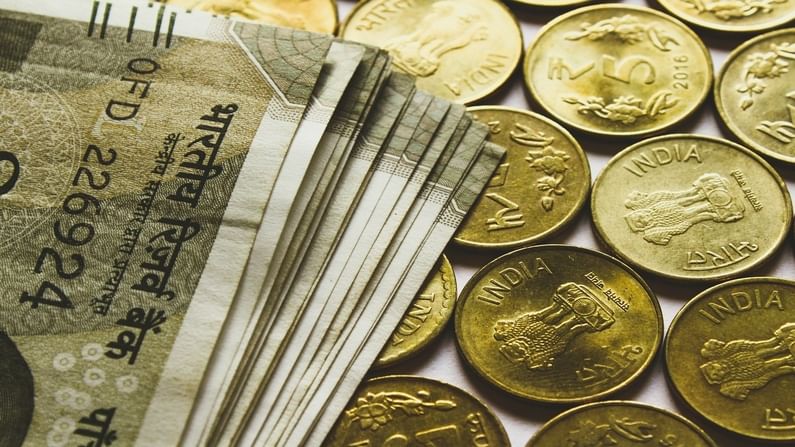Pandemic boosted investment in liquid funds and gold ETF: RBI
The central bank also observed that currency holding among the public declined during the second wave

Investments in liquid funds and gold exchange traded funds got a fillip from Indian investors, Reserve Bank has said in its monthly report in June.
In a section titled “Covid-19 and household financial savings” RBI stated, “The savings of high net-worth individuals and retail individuals in liquid funds surged sharply in Q1:2020-21 – mirroring the impact of uncertainty amidst Covid-19 induced lockdown. Households also parked their funds in gold exchange traded funds.”
Liquid funds preferred
Liquid funds are mutual funds from where an investor can quickly withdraw money without an exit penalty. Investors typically park short term funds in these instruments in expectation of better returns that short term fixed deposits in banks.
Gold exchange traded funds are mutual funds that invest in gold and they can be traded in stock exchanges like individual stocks of a company.
Continued faith
The central bank has also observed that since Q1 of FY21, investments from high networth individuals (HNI) have dipped a bit but retail investors have continued to park their savings in liquid funds.
However, investments of HNIs and retail investors have been positive since June 2020, said the report.
“Households’ savings in liquid mutual funds and gold ETFs taken together rose in Q1:2020-21, followed by drawdowns in next two quarters, before an upturn again in Q4:2020-21,” noted the report.
Latest AMFI data
Significantly, Association of Mutual Funds data for May 2021 while the number of liquid fund schemes stood at 39 in April and May, the number of folios registered a small drop which indicated an outflow of funds perhaps due to emergency use of funds for medical exigencies.
Liquid funds recorded an investment of Rs 1.98 lakh crore in May against Rs 2.5 lakh crore in April.
The months of April and May marked the height of the second wave of the infection.
Liquid funds are considered safe and therefore a preferred choice for parking funds for emergency use.
Bank deposits
The RBI article also observed that “the household financial savings in Q3:2020-21 have come down to 8.233% of GDP from 21% and 10.4% in the previous two quarters.”
At the end of April 2021, bank deposits constituted 55% of the total assets of households. According to RBI it marked a deceleration of 0.1% compared to March 2021 and a growth of 1.1% in April 2020.
At the same time bank advances – with a share of 79% in total liabilities – contracted by 0.8% as against (-) 0.9% in the previous year. “The rate of decline in bank deposits vis-a-vis bank credit has also been higher, indicating that this time around the banking sector component of household savings declined in sharp contrast with the spike in savings witnessed during the first wave,” said RBI.

